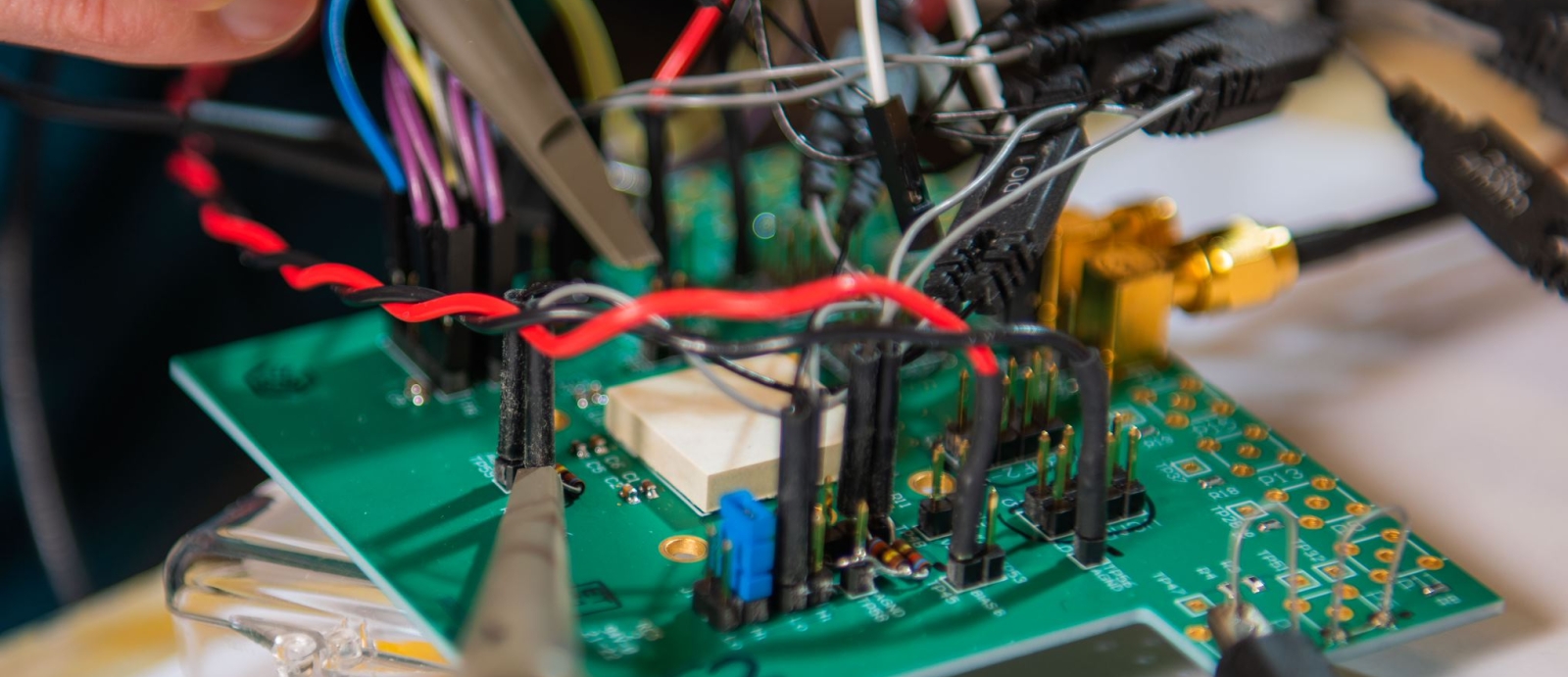
How new atomic clocks could help in search for dark matter — and beyond
In the search for dark matter — the mysterious, invisible substance that makes up more than 80% of matter in our universe — scientists and engineers are turning to a new ultra-sensitive tool: the optical atomic clock.
These clocks, which measure time by using an ultra-stable laser to monitor the resonant frequency of atoms, are now precise enough that if they ran for the age of the universe, they would lose less than one second. That stability also enables these devices to act as extremely sensitive quantum sensors that could be deployed into space to search for dark matter.
The challenge: The equipment required to operate such ultra-precise clocks — including lasers, electronics and coolers — can fill a large table or even a room. It would make launching them into space very expensive if not impossible.
Scientists working on a joint U.S. Department of Energy and Department of Defense project aim to miniaturize these elements to the size of a shoebox. After more than two years of work, the researchers — from the DOE’s Fermi National Accelerator Laboratory and the Massachusetts Institute of Technology Lincoln Laboratory — have reported initial promising results.